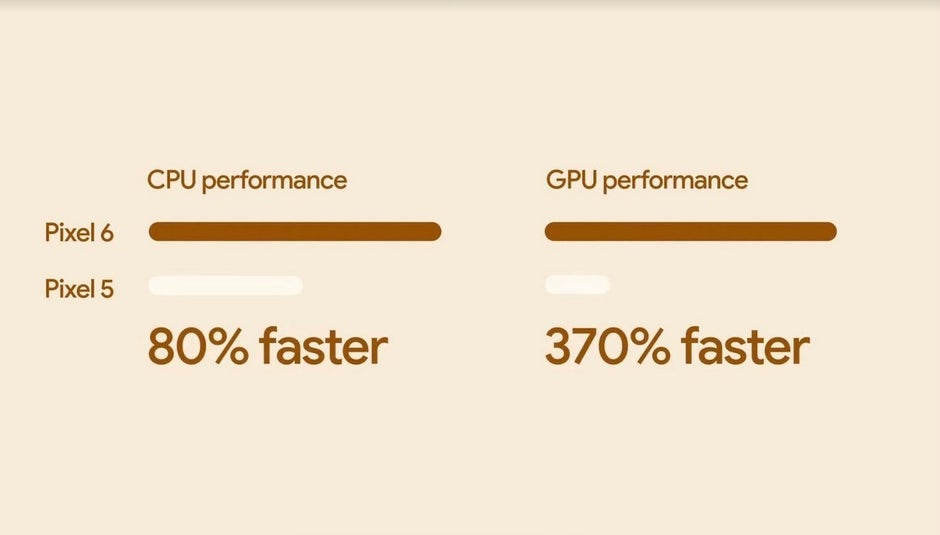Google introduced its homegrown Tensor SoC today and the chip will power both the Pixel 6 and Pixel 6 Pro. The company noted that it hadn’t been able to bring its Machine Learning capabilities with the chips it had used on past Pixel models (the Qualcomm Snapdragon line). But by designing its own chips and optimizing them for Google’s Machine Learning, the new Pixels will have features that Google could not offer on the phone before.
For example, Google’s Machine Learning Engine, TPU, is included in Tensor. This engine was designed by Google Research for Google Research. And the decisions made in building the CPU and GPU were done with ML in mind so that the Pixel 6 line can deliver advanced computational photography.
The Tensor’s CPU is made of eight cores with two high-performance cores, two mid cores, and four high-efficiency cores. The GPU included with the Tensor CPU sports 20 cores for advanced graphics on the most popular Android games. The chip includes a context hub allowing the Pixel to provide ML and ambient features such as the phone’s always-on display and the Now Playing feature (which identifies songs playing in the background) to run without draining the battery.
Google notes that peak CPU and GPU benchmarks may look nice, but they don’t always reflect the real-world experience of an AP. According to the company, the CPU and GPU experiences using Tensor are 80% and 370% faster respectively than the experience of the Snapdragon 765G on last year’s Pixel 5. Of course, to be fair (and this was not noted by Google), the Snapdragon 765G is not top-of-the-line silicon.
This is a developing story and will be updated.

